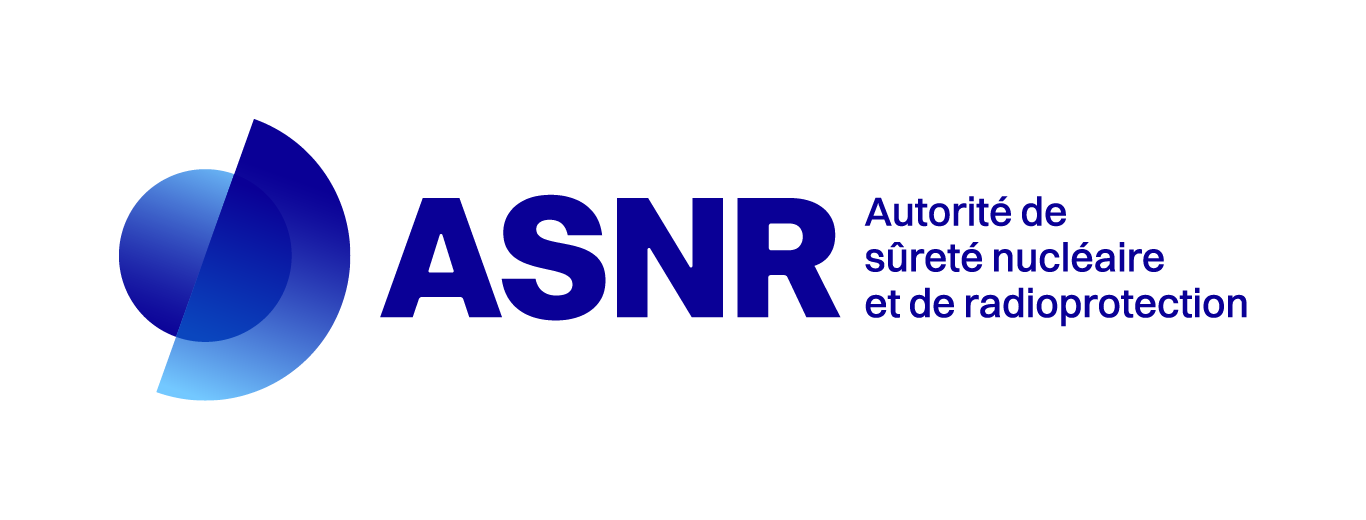Some notions of metrology
METROLOGICAL BACKGROUND RADIATION
Metrological background radiation, or "blank run” refers to the count rate induced by the environment, the reagent composition and instrument electronics. This background must be subtracted from the gross measured value to determine the net activity of a sample.
Indeed, even if radioactivity in a sample is null , the instrument used for the measurement will indicate a non-zero value : for example, a count rate expressed in counts per second (cs-1) corresponding to the number of detected radioactive disintegrations per unit of time. The radioactive decays detected by the instrument under these conditions come from the ambient natural radiation (cosmic and telluric), and trace levels of natural radionuclides:
- In the components of the measuring device itself (210Pb of shielding, electronic components ...);
- In the containers used for measurement (40K in the glass, ...);
-
In the chemical reagents used for the preparation of the sample (acids ...) ...
MEASUREMENT UNCERTAINTY
The method-specific measurement uncertainty is a parameter associated with the result of a significant measurement that describes the possible range in which the true value in which the true physical value may be found within the limits of a predefined probability.
Measurement uncertainty comes from the characteristics of the measuring device, the operator, the measurement environment (temperature, vibration, etc.), the measuring procedure and other factors.
The value read on the measuring device may be anywhere within the measurement uncertainty range, therefore more or less close to the true value of the measured variable. Thus, on the graph, the uncertainty could be represented as follows:
What about STANDARDS?
In order to guarantee the results quality, the reference framework for the National Measurement Network includes the European applicable mandatory standards, in particular NF EN ISO / IEC 17025:
General Requirements for the Competence of Calibration and Test Laboratories and in addition to International and French Standards.
 return to top
return to top




